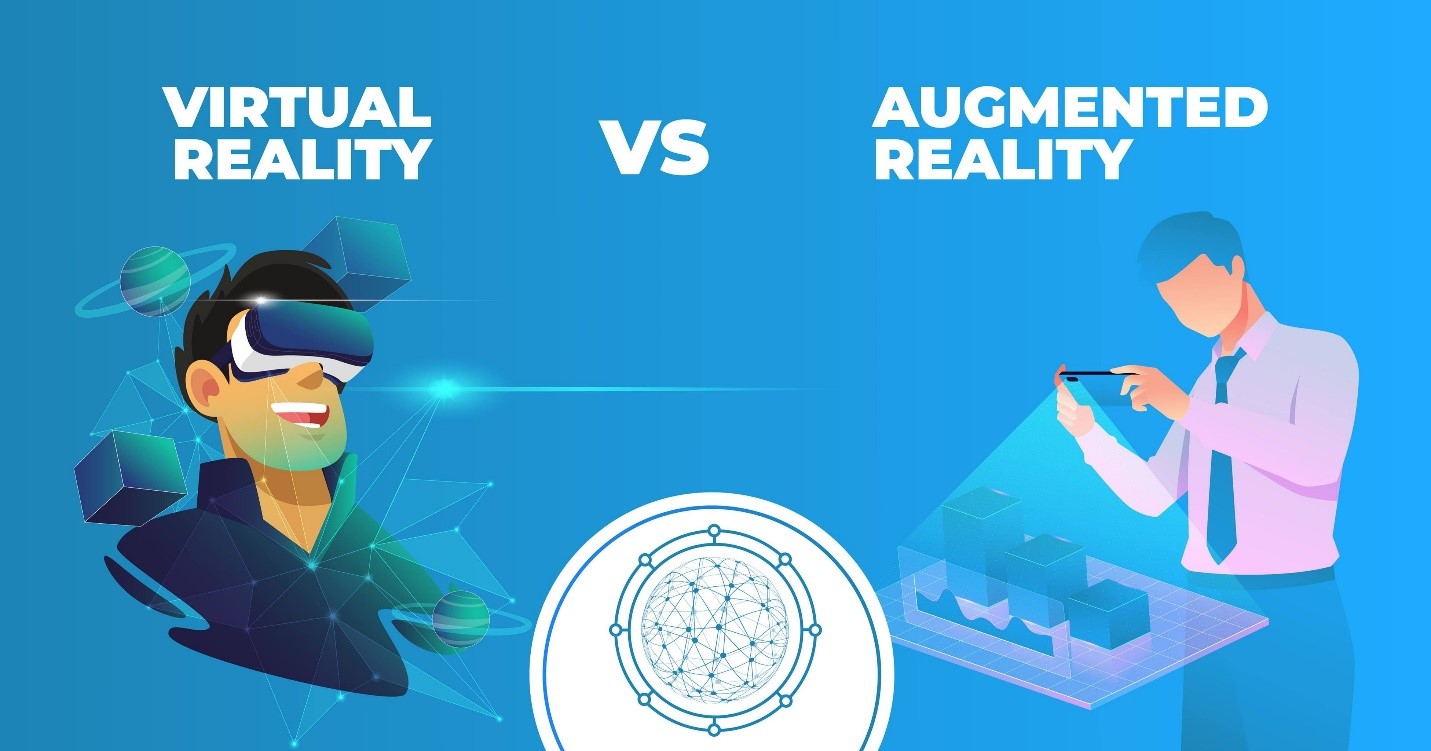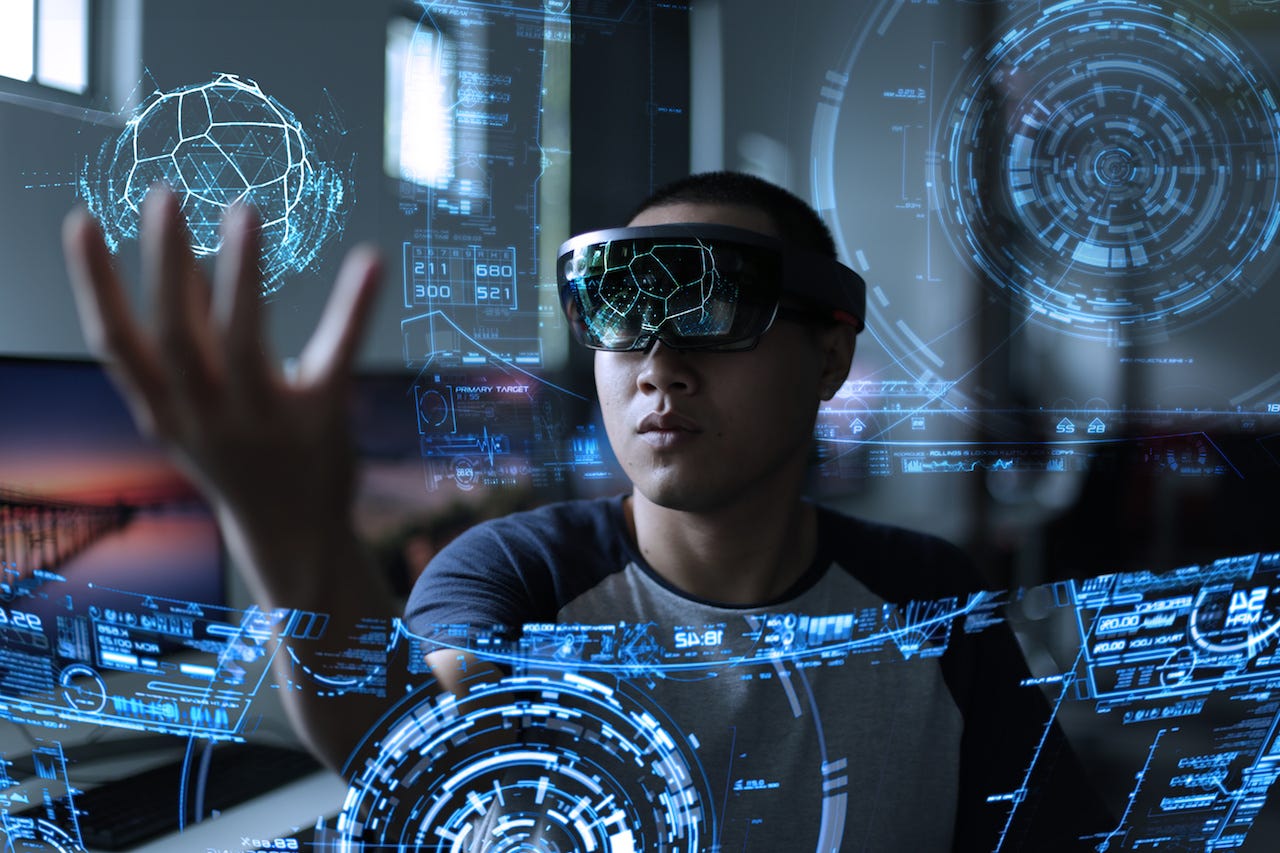In today’s rapidly evolving world, technology plays a pivotal role in shaping our daily lives. One such groundbreaking technology that has gained immense popularity is Virtual Reality (VR). VR has seamlessly integrated into various aspects of our lives, ranging from video games to medicine and education. But what exactly is Virtual Reality, and how does it work?
Understanding Virtual Reality
Virtual Reality, often abbreviated as VR, refers to a computer-generated environment that appears to be real, immersing the user in a simulated experience. This environment is perceived through a device called a Virtual Reality headset or helmet. By creating scenes and objects that appear real, VR tricks our senses into believing that we are physically present within the virtual world.
The concept of Virtual Reality is not as recent as one might think. In fact, the origins of VR can be traced back to the mid-1950s with the invention of Sensorama, a machine that provided an immersive experience through 3D movies, odors, and vibrations. Over the years, technological advancements have led to progressive evolution in both VR devices and interface design, making the experience more lifelike and engaging.
Difference between Virtual Reality and Augmented Reality

While Virtual Reality has gained considerable attention, many people still confuse it with Augmented Reality (AR). Although both technologies create digital experiences, there are fundamental differences between them.
Virtual Reality builds a completely artificial world that the user immerses themselves in through a headset. Everything seen and experienced in VR is part of the artificially constructed environment, including images, sounds, and interactions. On the other hand, Augmented Reality overlays virtual objects or images onto the real world. AR enhances our perception of reality by adding digital elements to our immediate surroundings, often through the use of smartphone cameras or smart glasses.
A popular example of Augmented Reality is the game “Pokémon Go,” where virtual creatures are superimposed onto the user’s real-world environment. Additionally, there is a combination of both realities known as mixed reality, which allows users to see virtual objects in the real world, blurring the line between physical and digital.
Applications of Virtual Reality
Virtual Reality has found its way into various industries, revolutionizing the way we experience and interact with the world. Let’s explore some of the key applications of Virtual Reality in different sectors:
1. Medicine
Virtual Reality has made significant advancements in the field of medicine, offering innovative solutions for patient care and treatment. Medical professionals are utilizing VR to simulate surgeries, enabling surgeons to practice complex procedures in a risk-free virtual environment. VR can also be used for pain management and rehabilitation, providing immersive experiences that distract patients from discomfort and aid in their recovery.
2. Education
In the realm of education, Virtual Reality has the potential to transform traditional learning methods. By creating immersive environments, VR allows students to explore historical sites, travel to distant locations, and engage in interactive simulations that enhance their understanding of complex concepts. This technology caters to different learning styles and provides a hands-on approach to education.
3. Entertainment
The entertainment industry has embraced Virtual Reality to deliver immersive experiences to users. Virtual Reality gaming takes players beyond the boundaries of traditional gaming, allowing them to become fully immersed in virtual worlds as if they were the characters themselves. Additionally, VR enables users to experience extreme sports, visit virtual movie theaters, and attend live concerts, all from the comfort of their homes.
4. Architecture
Virtual Reality has revolutionized the field of architecture by providing architects with a powerful tool to visualize and present their designs. Through VR, architects can create virtual walkthroughs of buildings and spaces, enabling clients to experience architectural designs before construction begins. This technology enhances communication between architects and clients, ensuring that everyone involved has a clear understanding of the project.
5. Culture and Art
Museums and art galleries have started incorporating Virtual Reality to enhance the visitor experience. Virtual tours and immersive exhibitions allow people to explore cultural sites and artworks from around the world, providing a deeper understanding of history and artistic expression. VR also offers artists new avenues for creativity, enabling them to experiment with immersive and interactive installations.
6. Industry and Manufacturing
In the industrial sector, Virtual Reality is transforming the way workers train and operate. Through the use of digital twins, which are exact digital replicas of physical objects, factory workers can practice tasks and test operations in a virtual environment. This technology reduces the risk of accidents and allows for efficient training and troubleshooting.
7. Military and Defense
Virtual Reality has found extensive applications in military training and simulation. Defense organizations utilize VR to create realistic combat scenarios, providing soldiers with hands-on training in safe and controlled environments. This technology enhances situational awareness, decision-making skills, and coordination among military personnel.
These are just a few examples of how Virtual Reality is being utilized across different sectors. As technology continues to advance, we can expect VR to further expand its reach and impact various aspects of our lives.
The Future of Virtual Reality

Virtual Reality is poised for significant growth in the coming years. According to IDC Research, investment in VR and AR is projected to multiply 21-fold by 2022, reaching a staggering 15.5 billion euros. As companies prioritize digital transformation, VR and AR will play a crucial role in their strategies.
The market demands more affordable and improved VR applications that go beyond leisure and tourism. Efforts are underway to develop wireless headsets with high-definition displays and more powerful processors, providing users with enhanced visual experiences. The integration of Artificial Intelligence into Virtual Reality is also being explored, promising even more immersive and interactive virtual environments.
The advent of 5G technology further fuels the evolution of VR. With its faster and more reliable connectivity, 5G enables seamless streaming of VR content and facilitates real-time interactions within virtual worlds. This combination of VR and 5G opens up new possibilities for entertainment, communication, and collaboration.
In conclusion, Virtual Reality has transitioned from the realm of science fiction to an indispensable part of our present reality. Its applications are far-reaching, impacting industries such as medicine, education, entertainment, architecture, and more. As technology continues to advance, VR holds immense potential for growth and innovation, shaping the future of human experiences. Embracing and harnessing the power of Virtual Reality will pave the way for a new era of digital transformation and immersive interactions.
